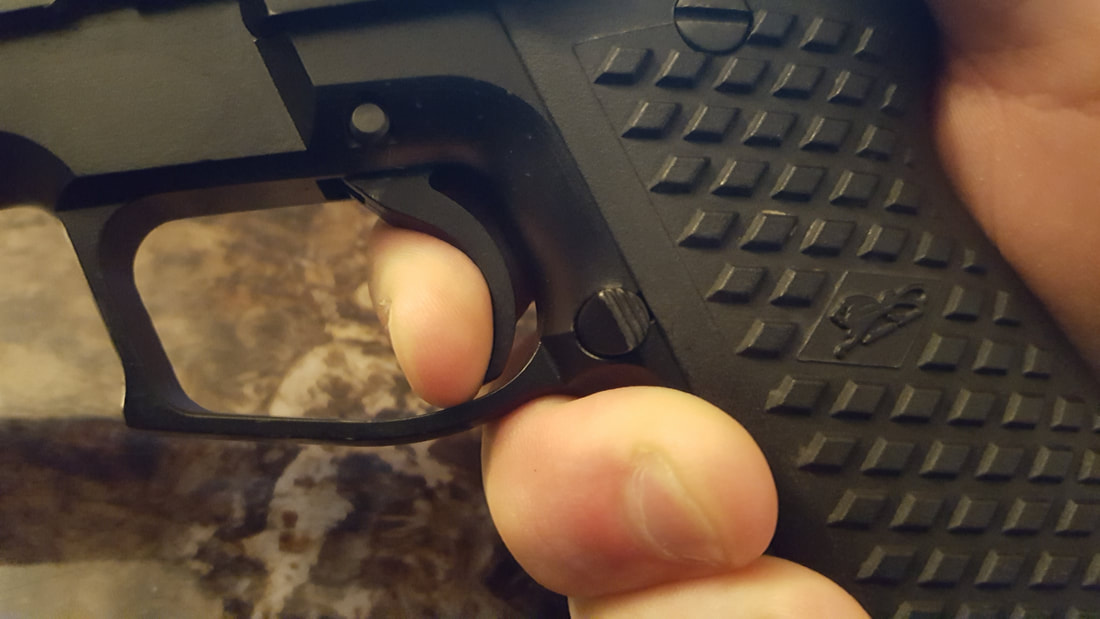|
In my experience of learning and developing skills, I have noticed that there seem to be three phases. The three phases I have observed are pretty universal, but there may be added phases depending on the skill you are trying to develop. For example, if you are trying to get better at delivering follow up shots and multiple target engagement, you may find it handy to have a physical training phase that is specifically catered towards building muscles needed to help maintain weapon stability for a longer period. With that said, I am basing these writings off my own limited experience and knowledge of how people develop skills and most of this is based on theory that has had some success with individuals that have had the drive to further their development. This is my effort to shed light on what it takes, in layman’s terms, to develop a new skill. HABIT FORMING PHASE First phase to go through is to develop a habit, also known as a procedural memory, using the three phases. The first phase is cognitive, which builds habits by intentionally applying cognitive focus to the completion of an activity. The associative phase takes the new habit and applies an association to it in order to help you trigger the habitual action reflexively. The last phase is the procedural memory phase where you have this new procedure down to being a habitual reaction, but now the intent is for refining the procedure to build fluidity. This phase can be built pretty quickly if you are focusing and performing these repetitions with aggression and force. For instance, when learning to reload, manipulating the magazine and the controls with force will help you to engrain the procedure quickly by using more muscles. In many cases, aggression and force can help you build skills quicker than just putting barely enough force to complete the procedure. This may be limited by your strength in some cases, but that is why I mentioned a physical fitness phase. INTEGRATION PHASE The next phase is the integration phase where the new skill is integrated into the role it is meant to serve in. For example, after learning to draw from concealment, the logical step is to integrate this skill into training with all your EDC items and standard wardrobe. Perhaps this would also be a good time to practice this new skill whilst also performing some movement such as retreating, maneuvering, changing positions, moving to cover, etc. Integrate the skill into the environment it is most likely to be used in. Pretty simple concept but it takes time and involves some dedicated focus. Think of it as introducing this skill to scenario training. SPEED BUILDING PHASE Up until this point, the emphasis has been on building habits, reflexes, or whatever you want to call it. However, the one thing that has not been pressed is the development of speed. This is a phase that is laced with controversy as to HOW we develop speed. All I will say is that this is the last phase because we seem to spend the most time trying to get faster and faster, and hopefully always will. Some people attribute speed with efficiency, but I would say that it depends on what you are talking about. As a skill is refined, I believe that we can develop a level of leniency where the risk of fumbling gets lower but is never gone. The way I have been able to draw out speed with great effect is by mentally putting myself in the situations I have been in when I needed to fight faster than my enemy. I watch my target and visualize my imaginary enemy in an act that demands I respond with force before he/she can. Given my past experience, this type of visualization is a terrific motivator and a very real kind of training for me to stay focused on the threat/target instead of on my gun. Even taking your eyes off the threat for a quarter second will inherently give the threat at least a half second to act before you can even begin to defend yourself again thanks to the fact that it takes at least a quarter second to register and respond to visual information. So, think about that before just buying into the argument that it “is just faster” to stare at your gun. It may just simply be a faster way for beating the clock, but not faster for beating a thinking and maneuvering enemy. THE ROAD TO MASTERY The next thing is to seek out mastery of the skill. Mastery is not just being able to reliably do the skill, but being able to do it one-handed, blind, while running, and while doing something else. Very rarely is a skill worked on until the point of mastery. It can take years to perfect and master something. Even then, with the fact that we are human, how could we ever truly MASTER anything? The best we can do really is work on the things we suck at the most and try to get better through intentional repetition and dedication.
|
Do It RiteAlaska-Based Youtube Vlogger, Retired Marine, Firearm and Gear Tester. Archives
December 2023
Categories
All
|

 RSS Feed
RSS Feed